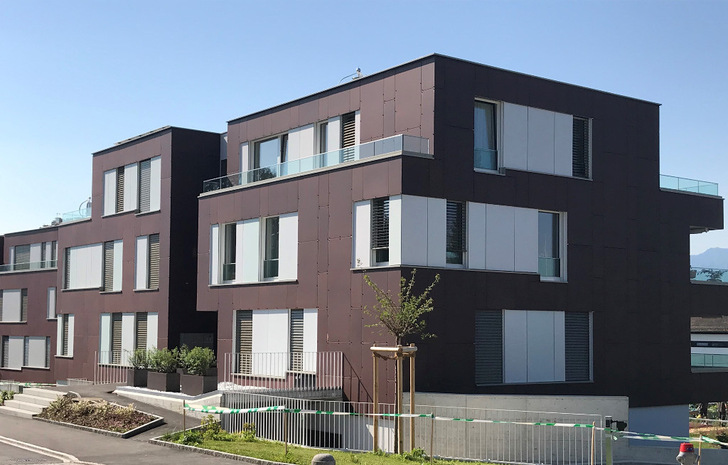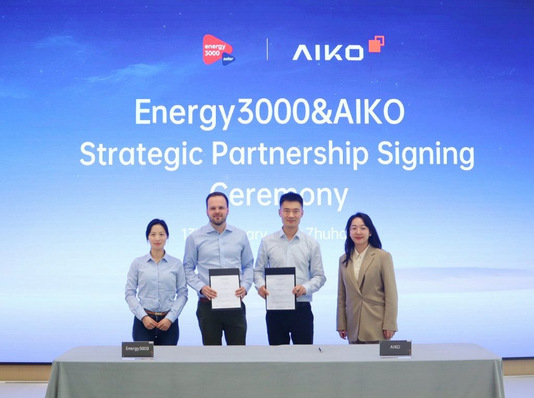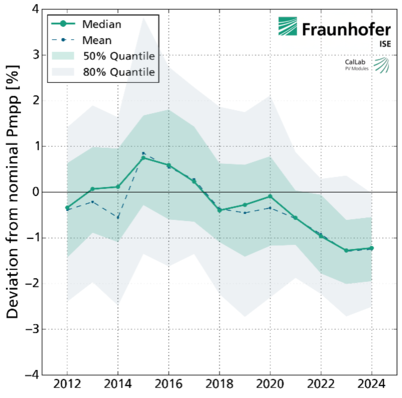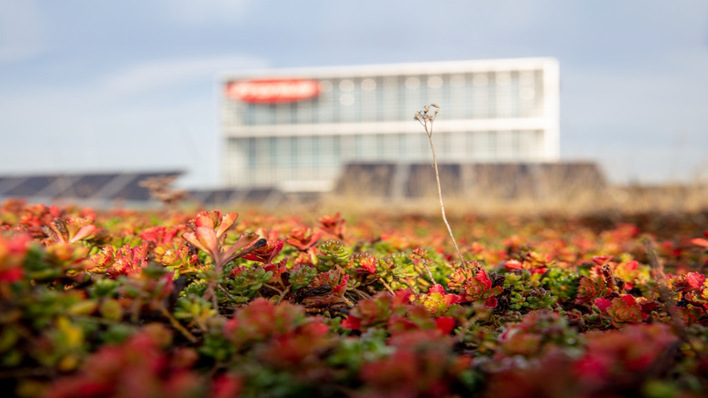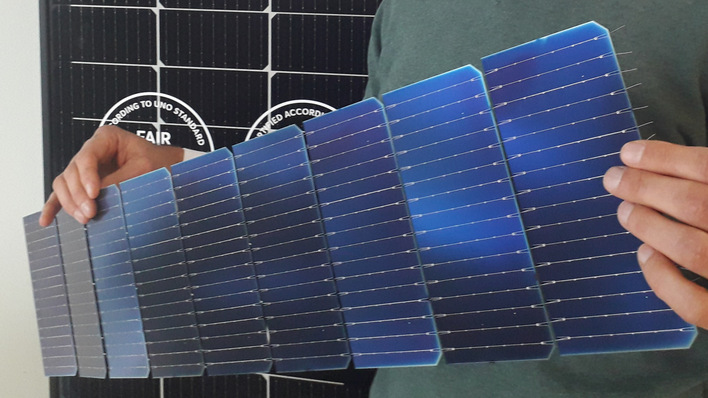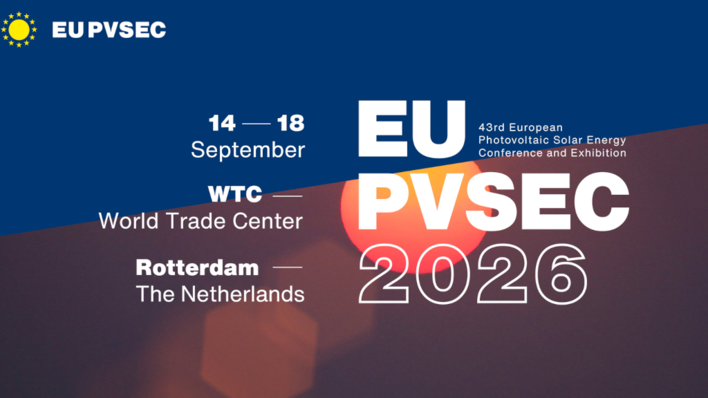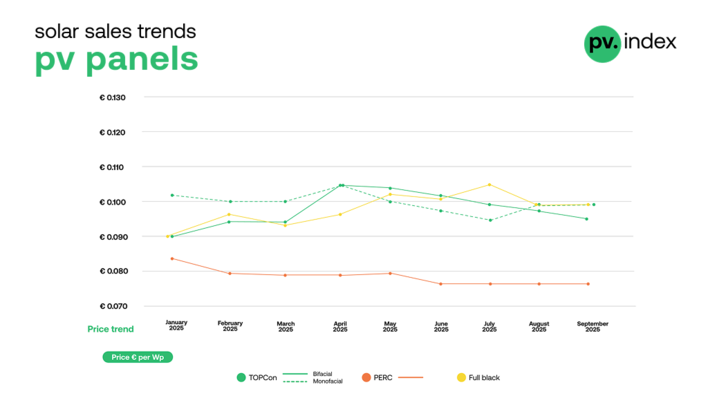Architect René Schmidt has equipped a new apartment building in Männedorf, Switzerland, with all available solutions for regenerative energy supply. In addition to a facade made of reddish-brown solar modules, which was broken up with white solar elements, an innovative energy concept was implemented. This makes it possible for the residents to pay a flat rate for their entire energy consumption and thus to firmly plan their total energy costs.
Power generation exceeds consumption
This is because the facade alone supplies 50,000 kilowatt hours of electricity every year. Added to this are the yields from the modules on the roof, which generate another 40,000 kilowatt hours. In addition, the building was equipped with a small wind turbine that provides about 2,900 kilowatt hours of electricity every year. This compares to energy consumption in the form of both electricity and heat in the order of a good 75,500 kilowatt hours per year. This means that the building produces more than the occupants consume.
Hydrogen for the winter
To compensate for the volatile generation of the solar and wind power plants, a battery storage system was also installed. Surplus electricity, which is mainly generated in summer, is supplied to an electrolyser via the electricity grid. This produces hydrogen, which is used to supply the building with electricity and heat, especially in winter when there is a lot of heating but little solar power.
White solar modules brighten up the facade
This concept convinced the jurors of the Green Solultions Awards 2020-21. The CO2-neutral building won a recognition award, which was presented during the COP26 negotiations in Glasgow. Above all, however, they also appreciated the aesthetic implementation. This is largely determined by the white modules, which were produced with a special foil from the Swiss supplier Solaxess. Since the solar technology behind the foil becomes invisible to the observer, the modules can no longer be distinguished from passive white facade elements. (su/mfo)
See also: Green hydrogen captures building sector


